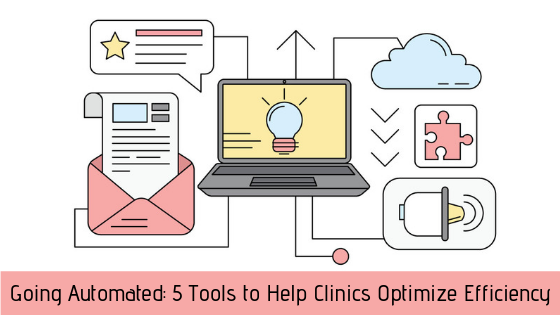Providing the best medical services is a challenge for most health facilities. Clients are more demanding and are willing to change service providers at any slight dissatisfaction. As a result, facilities have to find ways to provide seamless, convenient, and fast medical services.

This article highlights some of the patients' pain points and how to solve them.
Appointment Scheduling
Patient scheduling seems like one of the most straightforward aspects of a health facility. The truth is that it is quite tasking as several issues crop up from time to time. Emergencies are not a rarity in such an environment. Whatever happens, you need a reliable scheduling system for your patients.
One of the ways to help in appointment scheduling is through automation. To improve appointment access, hospitals should include patient portals for self-scheduling and an automated call center. Patients choose the time of their convenience. They also select the professional to visit based on the conditions they suffer from. You can use the time you would have spent talking to patients about scheduling to take care of other significant tasks.
Other than using technology to ease appointment scheduling issues, you can also opt for open access strategies. This allows for same-day scheduling, which is great for on-demand and emergency services.
Having an effective and efficient patient scheduling system will not only ensure excellent patient experience but also maximize your revenue.
Registering and Consulting
Hospitals have a lengthy registration process as they record a lot of data. New patients fill out and sign dozens of forms. They provide insurance and identification details, which delays the time they get to see the doctor.
To improve patient experience, the organization should introduce paper-free, data-smart registration solutions. The paperless solution speeds up the registration process by providing context-aware forms, flexible mobile data capture, and data validation. It also integrates support technology like voice, video, and handwriting recognition for better patient engagement.
The registration solutions improve the consultation process as the service provider can automatically retrieve patient details.
Diagnostics, Reports, and Medication
Hospitals, as currently constituted, generally lack the basis to determine the urgency in medical needs. Most places tend to follow the first-come, first-serve basis. The hospitals should, therefore, introduce systems that can offer a variety of reporting methods. It should also ensure the health care provider receives accurate patient information on time.
Improved report and medication systems help communicate instant results. They ensure priority result reporting to the health care provider such that they work on urgent cases first. This improves customer satisfaction.
Improved solutions will quickly analyze patient symptoms and lab results for proper medication.
Recovery and Monitoring
Patient treatment goes beyond diagnosis and medication. You need to keep up with how the client is responding to medicines and react promptly in case of any anomalies. Recovery and monitoring rely heavily on patient engagement, which might be hard to achieve due to the high numbers. The limited engagement leads to slower recovery periods.
To ensure better recovery and monitoring, medical facilities need to find a system that seamlessly connects patients, technology, and data. These systems use products, software, and services for automated results. They allow you to manage patients better as they transition into care. You can quickly notice any changes in patient status for consistent and efficient patient experience.
Several gadgets have been introduced to help inpatient monitoring and recovery. Some of these gadgets include the Philips HealthSuite with AI and analytics and Telehealth tools by Health Recovery Solutions.
Conclusion
The current medical set up is more complicated. It has an increase in the population of older, sicker patients and involves a lot of data. You also have to make quicker decisions and at the same time, ensure patient engagement. While these have seen many medical facilities face a crisis, you can use technological solutions to improve patient service delivery.



